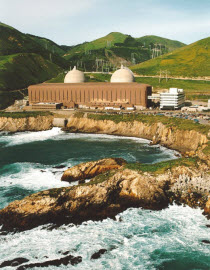


Paladin and Boss Energy's share price rollercoaster has upended some investors as the Langer Heinrich and Honeymoon Mines move in ...
The government has received the first application for state aid to build new nuclear power in Sweden. Videberg Kraft AB has appli...
LIS Technologies Inc., a developer of advanced laser technology and the only USA-origin and patented laser uranium enrichment com...
Sweden: Videberg Kraft AB Applies for State Aid to Build Nuclear Powerhttps://t.co/2JFElpOPVq#CleanEnergy #nuclearpower #nuclearenergy
— TradeTech (@U3O8TradeTech) December 23, 2025
Uranium 101 - Uranium as Nuclear Fuel

Uranium in its naturally occurring form consists primarily of two “isotopes” with the same chemical characteristics, but different atomic weights due to the differing number of neutrons in their nuclei. Both isotopes have 92 protons in their nuclei (and, thus, the same chemical characteristics), but the lighter isotope (atomic weight of 235) has 143 neutrons and the heavier isotope has 146 neutrons. The lighter isotope, U-235, comprises only 0.7% of natural uranium, but it is the only isotope that can actually undergo fission and, thus, produce energy. The other isotope, U-238, comprises the remaining 99.3% of natural uranium. In order to be useful as fuel in the most prevalent nuclear power technologies, the percentage of U-235 must be increased to the level of 2-5% U-235, a process called “enrichment.” Enrichment is a technically difficult process, the essence of which is highly secret because it is the same process used to produce some nuclear weapons material. (Nuclear weapons can be made from uranium of approximately 90% U-235.)